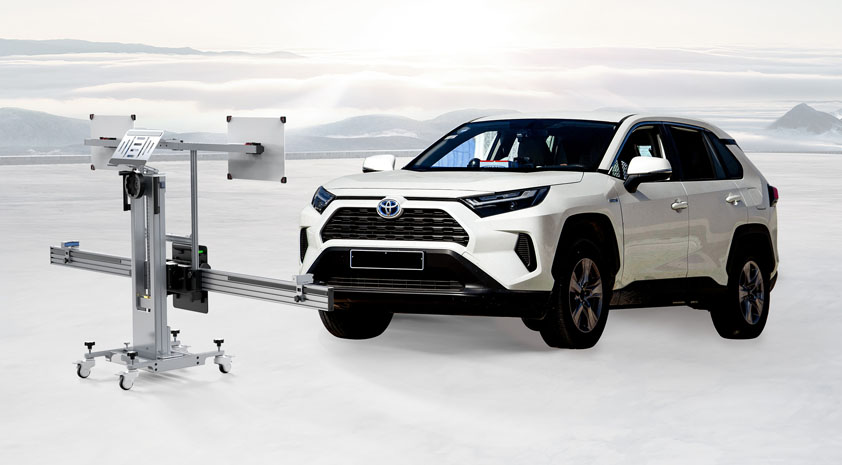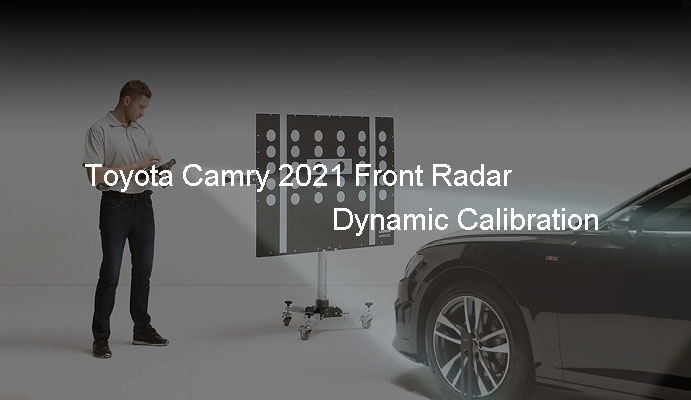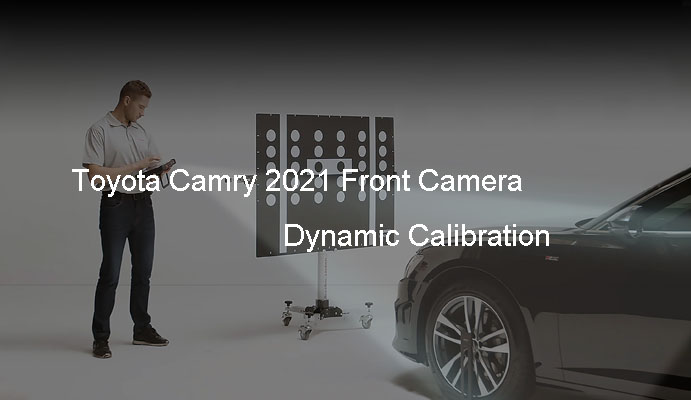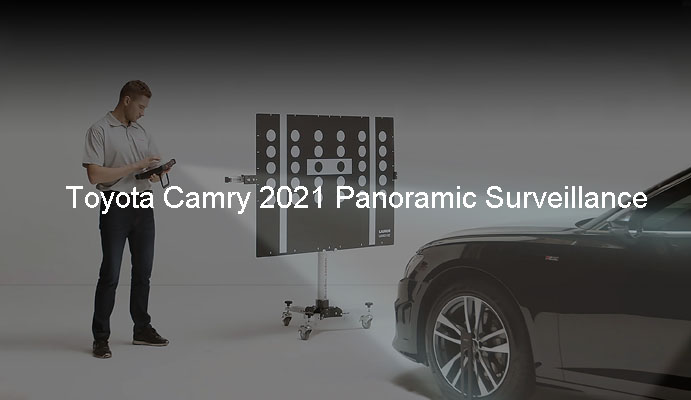Toyota’s common ADAS technologies
Toyota has widely adopted a variety of ADAS technologies in its vehicles. The following are common ADAS technologies in Toyota:
1. Pre-Collision System (PCS): This system uses sensor technology such as radar and cameras to detect obstacles ahead, including other vehicles and pedestrians. When the system detects a potential collision risk, it will send out a warning signal and prepare the braking system in advance, and even automatically implement emergency braking if the driver fails to react in time to avoid or reduce the severity of the collision.
2. Adaptive Cruise Control (ACC): This technology, based on sensors such as radar and cameras, automatically adjusts the vehicle's speed to maintain a safe distance from the vehicle in front. It can automatically accelerate or decelerate according to traffic conditions, providing drivers with a more relaxed and comfortable long-distance driving experience.
3. Lane Keeping Assist (LKA): It monitors the vehicle's position relative to the lane through a camera and issues a warning or slight steering force to correct the vehicle's direction when the vehicle deviates from the lane, thereby improving driving stability and safety.
4.
Blind Spot Monitoring (BSM): This technology uses radar or cameras to monitor blind spot areas around the vehicle and provide warnings when another vehicle enters the blind spot, helping the driver to change lanes or turn more safely.
By integrating these advanced ADAS technologies into Toyota, Toyota is committed to providing a safer and more convenient driving experience, helping drivers avoid potential accidents and providing them with a more comfortable and secure driving environment.

Toyota ADAS Calibration Process
For more cases of Toyota ADAS calibration, please view the following:
Toyota Camry 2021 Panoramic Surveillance
Toyota Camry 2021 Front Camera Static Calibration
Toyota Camry 2021 Front Camera Dynamic Calibration
Toyota Camry 2021 Front Radar Static Calibration
Toyota Camry 2021 Front Radar Dynamic Calibration
Toyota Rav4 2020 Right Blind Spot Calibration
Common Toyota ADAS faults and solutions
There are some common faults that Toyota often encounters, and it is crucial for car owners to understand these problems and the corresponding solutions and repair suggestions. Here are some common ADAS system failures and recommended solutions:
① The camera is blurred or blocked: The camera may be blurred or obstructed by dirt, rain or obstructions, causing it to fail to work properly. The solution is to regularly clean the camera lens to ensure a clear view while ensuring there are no obstructions blocking the camera's view.
② Radar sensor calibration problem: The radar sensor may cause false alarms or non-response of the system due to calibration deviation.The solution is to recalibrate the radar sensor with specialized tools to ensure its precision and accuracy.
③ Software update issues: When updating system software, sometimes compatibility issues or installation errors may occur, causing the ADAS function to not work properly. Solutions include obtaining the correct software update package through official channels and ensuring it is installed and configured correctly to restore the normal operation of the system.
④ Failures caused by improper maintenance: Sometimes, improper maintenance of the ADAS system may cause a series of failures. Solutions include performing regular system inspections and maintenance, and ensuring all repairs are completed by trained professionals to avoid unnecessary breakdowns.
The future of ADAS technology in Toyota
In Toyota, ADAS technology will play a more important role in the future and provide drivers with more comprehensive and intelligent safety protection. The following is the future application outlook of ADAS technology in Toyota:
1. Intelligent safety system: In the future, Toyota may further develop intelligent ADAS systems and integrate more advanced sensor technology and intelligent algorithms to provide more accurate and reliable safety protection. Expect to see the introduction of smarter pre-collision systems and more precise adaptive cruise control.
2. Optimization of human-computer interaction interface: Toyota will be committed to optimizing the human-computer interaction interface of the ADAS system so that drivers can operate and control the system more intuitively and conveniently. It is expected to see a more intuitive display interface design and smarter voice interaction functions to provide drivers with a more convenient driving experience.
3. Comprehensive environmental perception capabilities: In the future, Toyota's ADAS system will have more comprehensive and accurate environmental perception capabilities, able to accurately identify road signs, pedestrians, bicycles and other obstacles while driving, and make timely warnings or countermeasures.
4. Enhanced autonomous driving functions: With the continuous development of autonomous driving technology, Toyota will actively explore higher-level autonomous driving functions and use the ADAS system as the basis of autonomous driving technology. Expect to see the introduction of more advanced autonomous parking and advanced driver assistance features to provide drivers with a smarter and more convenient driving experience.
As technology continues to advance, Toyota will continue to be committed to promoting the innovation and development of ADAS technology, creating a safer and smarter travel environment for drivers, and setting a technology-leading example for the entire automotive industry.






